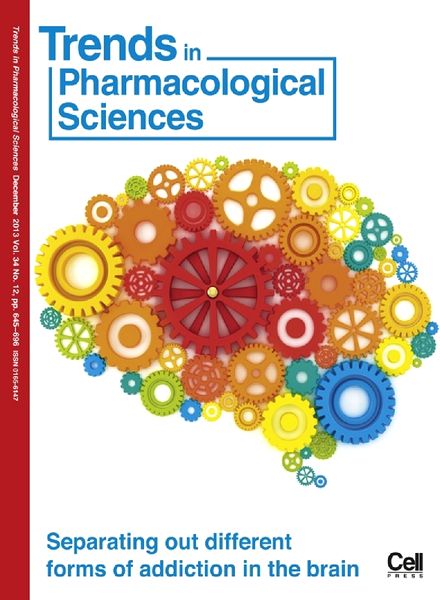:
“The aim of this review is to discuss cannabinoids from a preclinical and clinical oncological perspective and provide the audience with a concise, retrospective overview of the most significant findings concerning the potential use of cannabinoids in cancer treatment.
RESULTS:
Cannabis sativa is a plant rich in more than 100 types of cannabinoids. Besides exogenous plant cannabinoids, mammalian endocannabinoids and synthetic cannabinoid analogues have been identified. Cannabinoid receptors type 1 (CB1) and type 2 (CB2) have been isolated and characterized from mammalian cells. Through cannabinoid receptor and non-receptor signaling pathways, cannabinoids show specific cytotoxicity against tumor cells, while protecting healthy tissue from apoptosis. The dual antiproliferative and proapoptotic effects of cannabinoids and associated signaling pathways have been investigated on a large panel of cancer cell lines. Cannabinoids also display potent anticancer activity against tumor xenografts, including tumors that express high resistance to standard chemotherapeutics. Few studies have investigated the possible synergistic effects of cannabinoids with standard oncology therapies, and are based on the preclinically confirmed concept of “cannabinoid sensitizers.” Also, clinical trials aimed to confirm the antineoplastic activity of cannabinoids have only been evaluated on a small number of subjects, with no consensus conclusions regarding their effectiveness.
CONCLUSIONS:
A large number of cannabinoid compounds have been discovered, developed, and used to study the effects of cannabinoids on cancers in model systems. However, few clinical trials have been conducted on the use of cannabinoids in the treatment of cancers in humans. Further studies require extensive monitoring of the effects of cannabinoids alone or in combination with standard anticancer strategies. With such knowledge, cannabinoids could become a therapy of choice in contemporary oncology.”







1942-7611/asset/olalertbanner.jpg?v=1&s=4b27d6a6bed6b58a9935efe70e4f95efc39146bd)